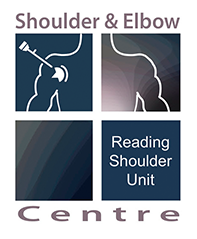Operative management of the frozen shoulder in patients with diabetes
Forty-three patients with diabetes (47 shoulders) who had a manipulation under anesthesia only (24 shoulders), a manipulation under anesthesia followed by an arthroscopy (12 shoulders), or an arthroscopic release (11 shoulders) for a frozen shoulder were followed-up for a mean period of 35 months. The mean Constant score improved from 20.3 to 63.7 points (P <0.001). The mean improvement in forward flexion was 71.7°, in abduction 78.5°, in external rotation with the arm at the side 36.3°, and in internal rotation from the buttock to the first lumbar vertebra (P <0.001 for all). When gentle manipulation with the patient under anesthesia was possible, the outcome was satisfactory in 13 of 15 shoulders (86.7%) in patients with non–insulin-dependent diabetes and in 17 of 21 shoulders (81%) in patients with insulin-dependent diabetes (P >0.5). Insulin-ependent patients with diabetes were more likely to require an arthroscopic release than patients with non–insulin-dependent diabetes (P <0.05). Most of our patients obtained their maximum relief of pain and functional recovery within 3 months of surgery. We recommend manipulation under anesthesia for the resistant frozen shoulder in patients with diabetes. Arthroscopic release is required when mobilization under anesthesia is not possible.
